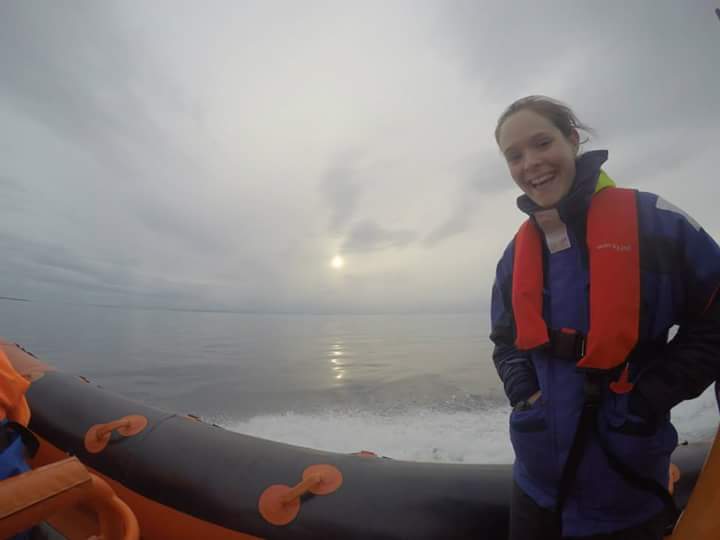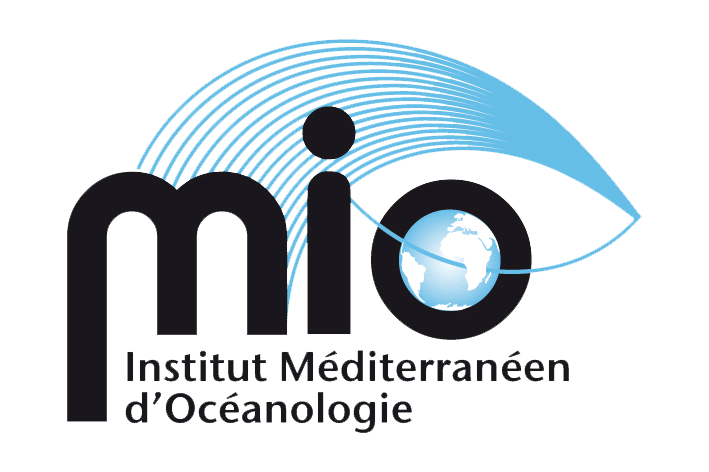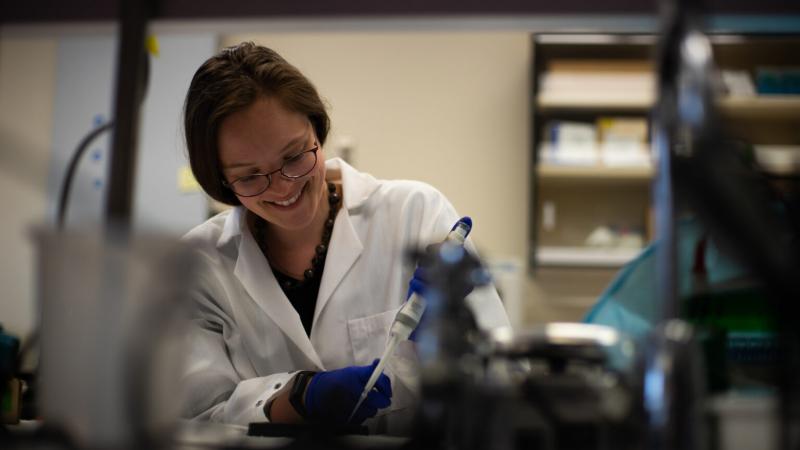Emily Wagonnier is a third-year PhD student in biological oceanography, working on understanding the different forms of phosphorus that can be used by phytoplankton in Solange Duhamel's laboratory at the University of Arizona, Department of Molecular and Cellular Biology. She is taking part in the BioSWOT-Med campaign.
SWOT-AdAC: Your research interests outside BioSWOT-Med
I've always been drawn to the ocean, spending my summers on the coast as a child. I met Dr Solange Duhamel on board the R/V Endeavor in 2018 and since then I have been fascinated by phytoplankton and how they survive in areas where there is little or no phosphorus for them to grow. My PhD work focuses on understanding the different forms of phosphorus that phytoplankton can use and the enzymes that contribute to this process.
SWOT-AdAC: During the BioSWOT-Med cruise, you'll be measuring polyphosphates and organophosphate esters. What are they and why is it important to measure them?
Phosphorus is essential for cell function and growth. In the Mediterranean Sea, where phosphate is a limiting nutrient, polyphosphates can be used as an alternative source of phosphorus for phytoplankton. Emerging pollutants, such as organophosphate esters, are present in the Mediterranean Sea and may also play a role in the phytoplankton community.
SWOT-AdAC: What tools do you use to measure them? How do they work?
On L'Atalante, we filter the seawater for polyphosphates and organophosphate esters, store the samples and analyse them in the laboratory.
For polyphosphates, this involves collecting phytoplankton on a filter and measuring the polyphosphate by mass spectrometry (identification of the polyphosphate by the compound's mass/charge ratio) or by staining with a fluorescent dye. We can also examine polyphosphate specific to phytoplankton groups by first sorting the cells.
Organophosphate esters are collected by passing seawater through a column that retains the compounds. In the laboratory, we can transfer the compounds into a vial, which is then analysed using mass spectrometry coupled with gas chromatography. The sample is vaporised and each compound 'separates'. The way in which each compound separates is consistent and we can use this model to identify the compound we are looking at and its quantity.
More information






